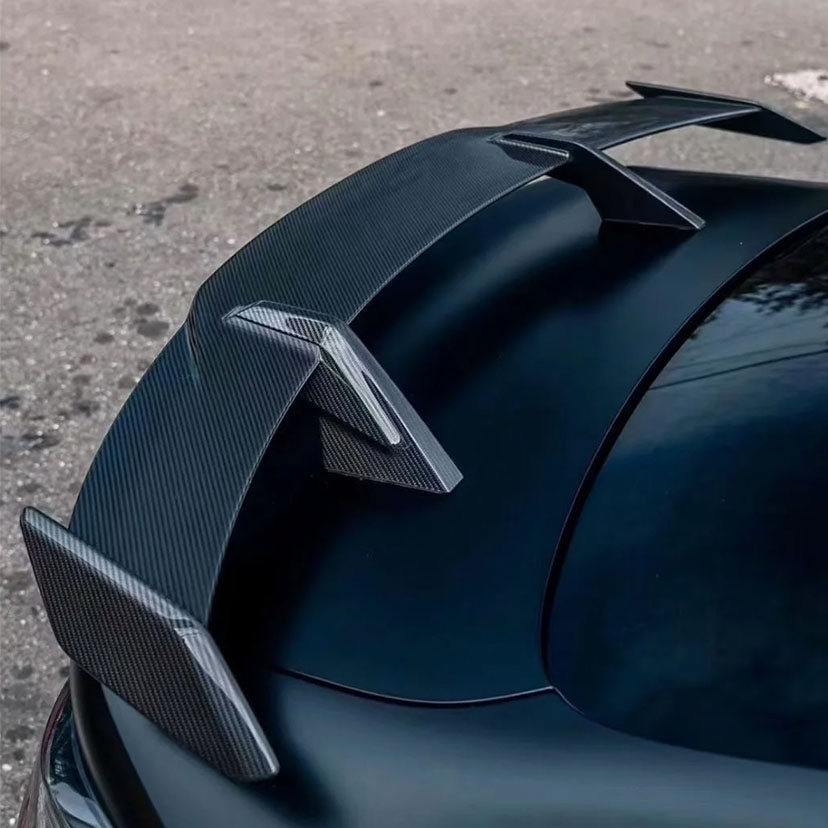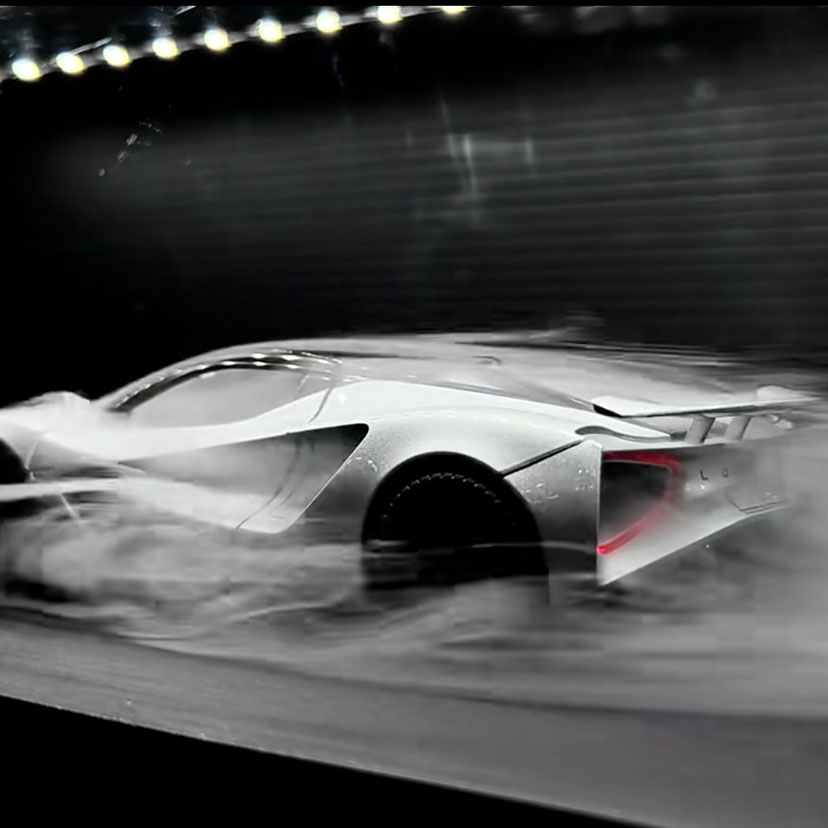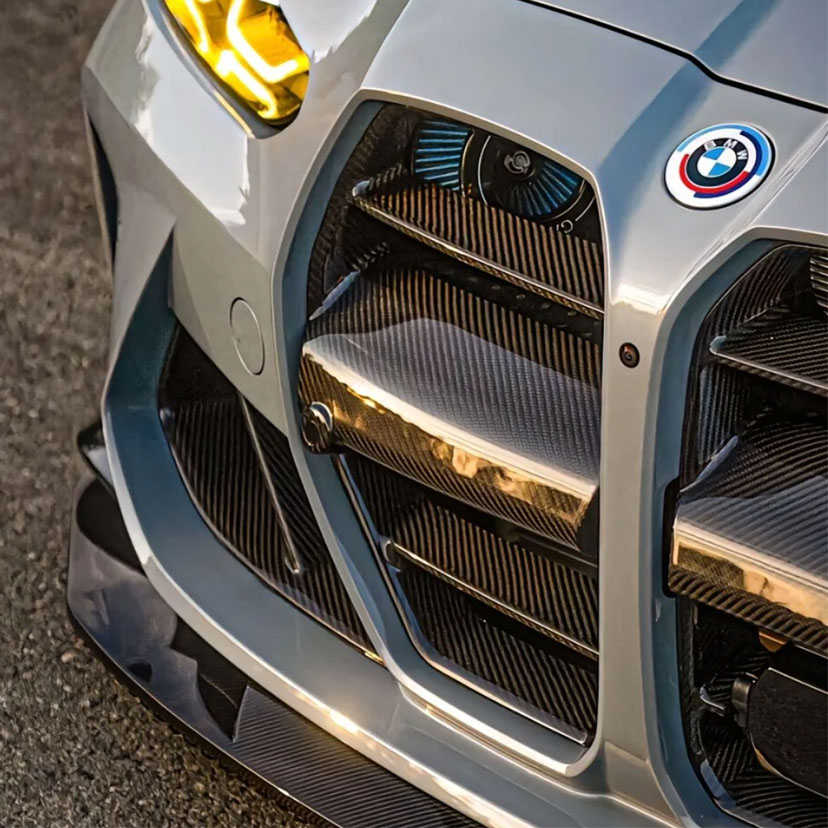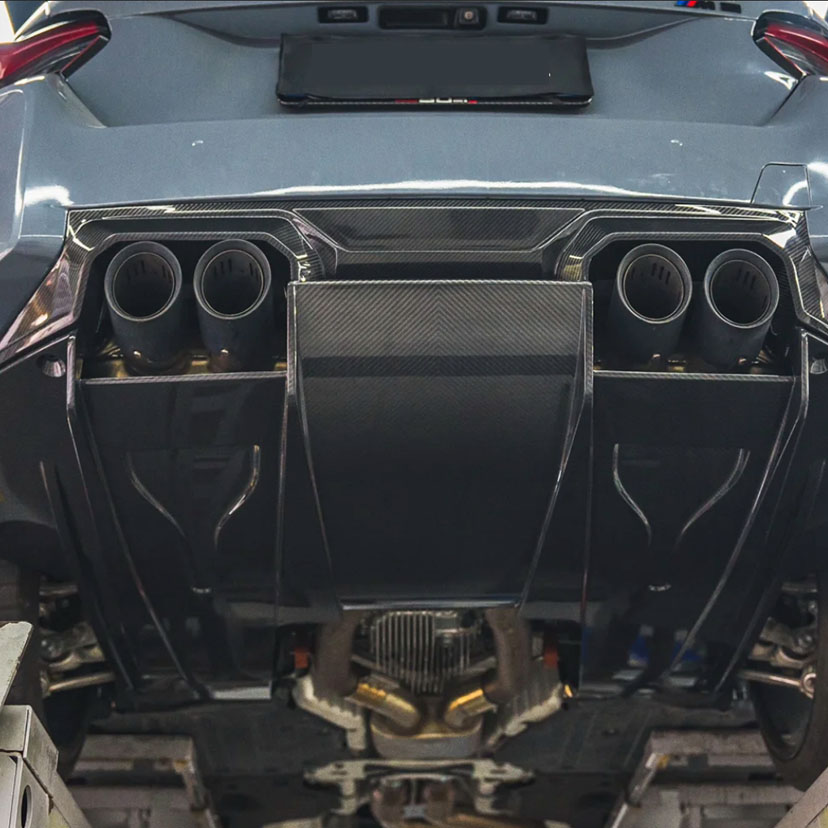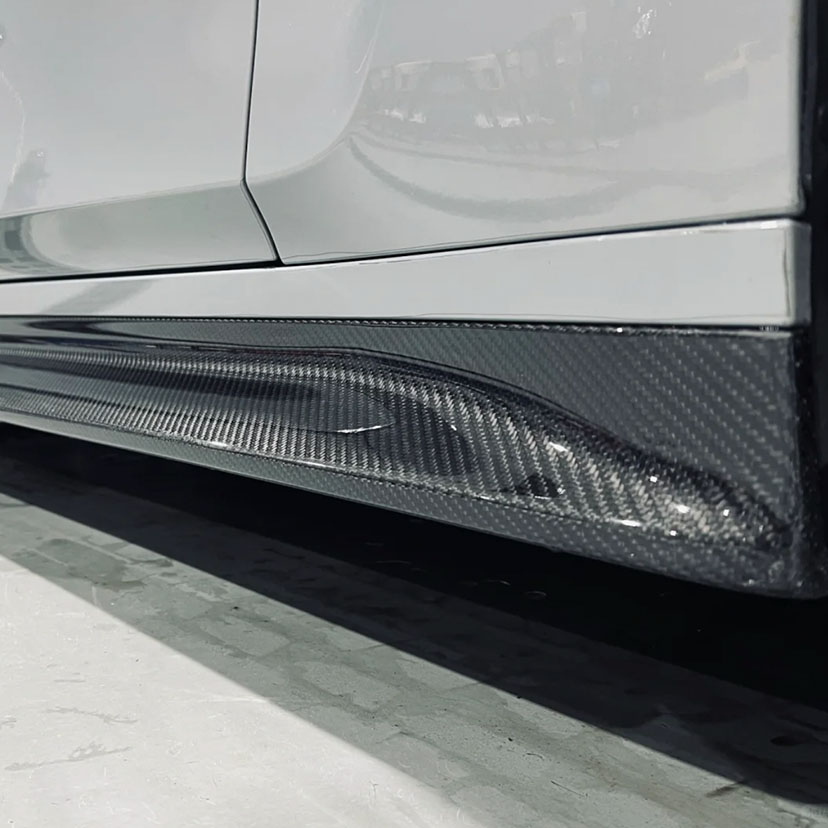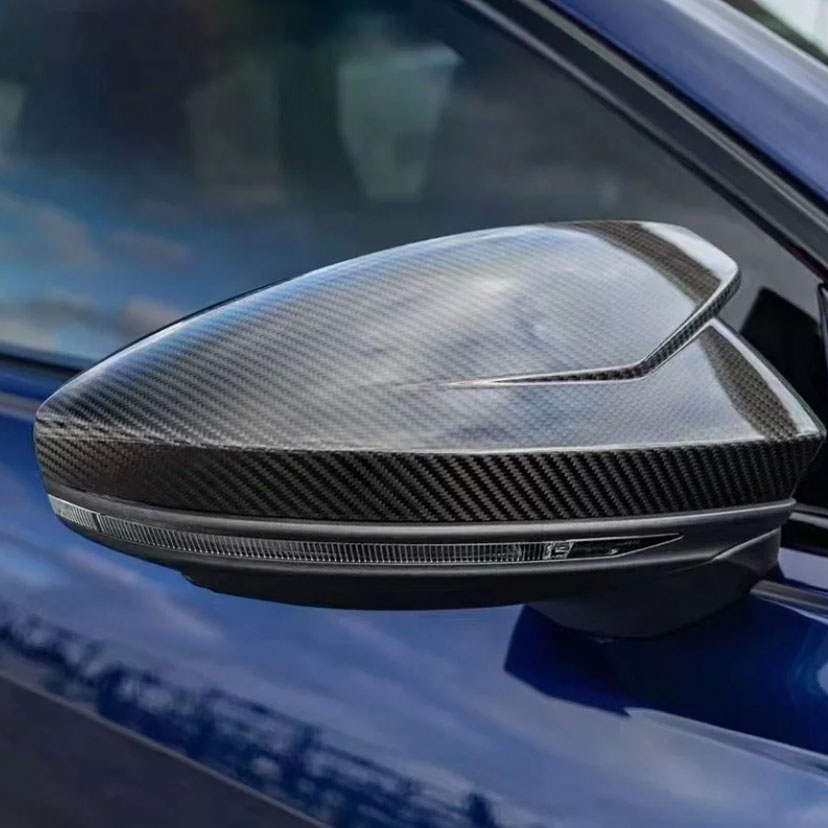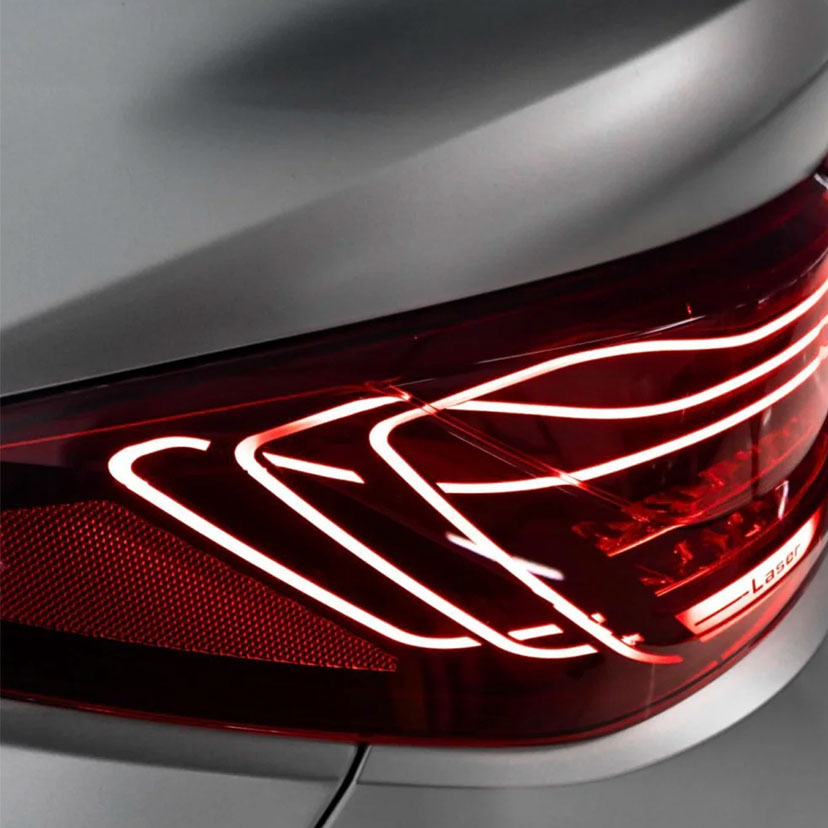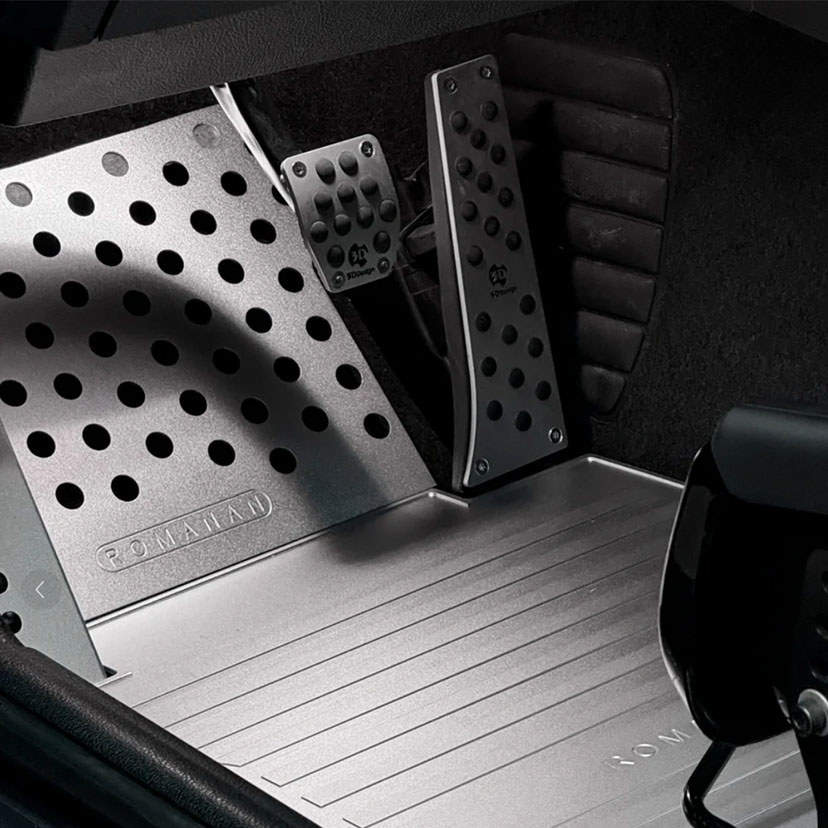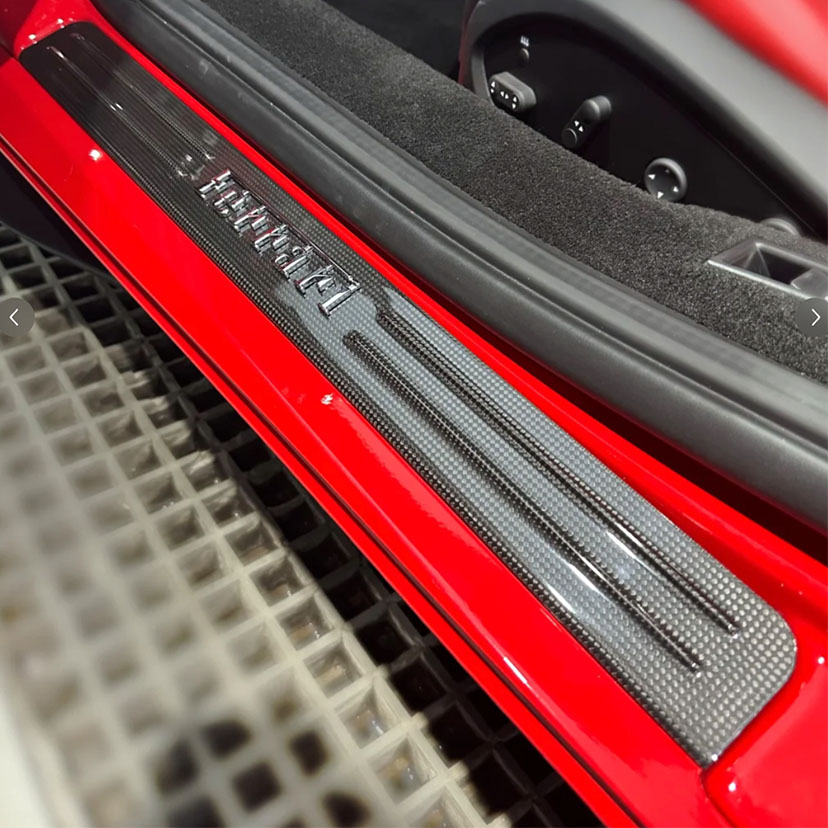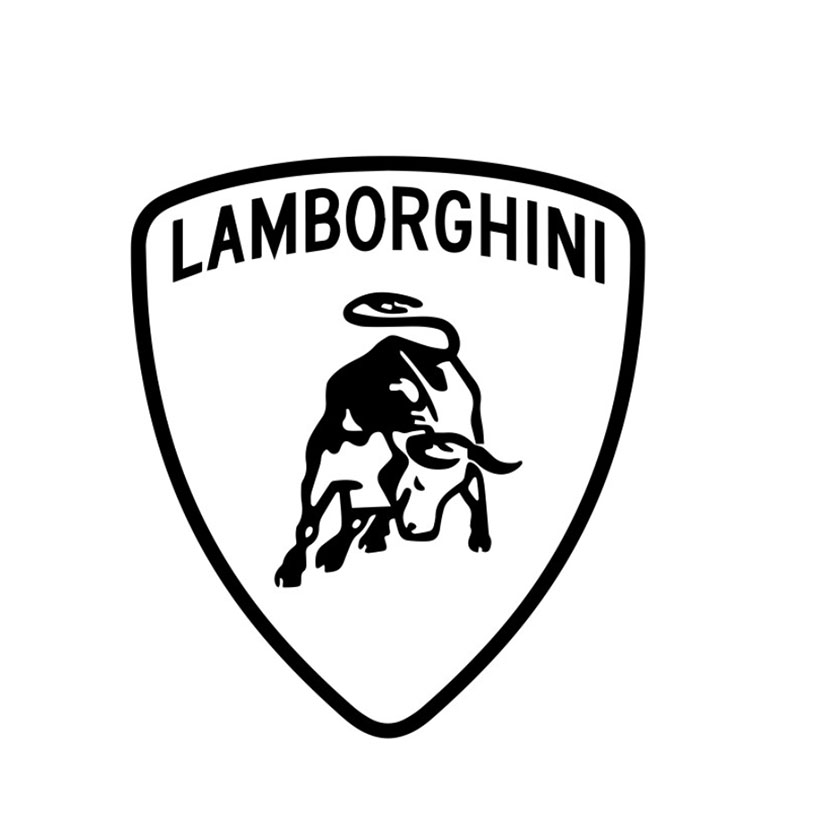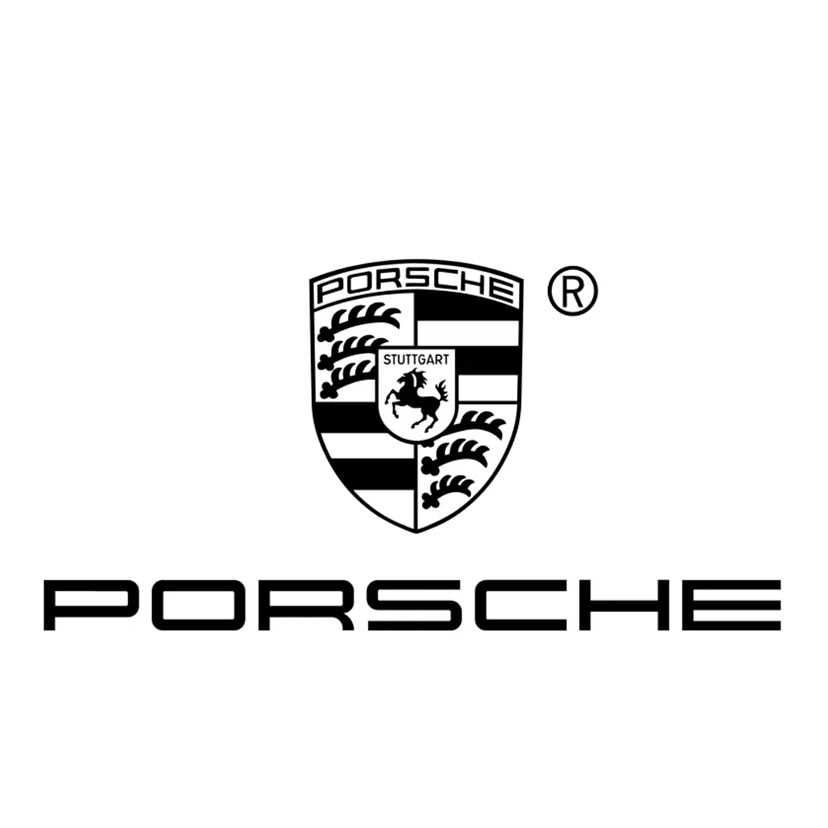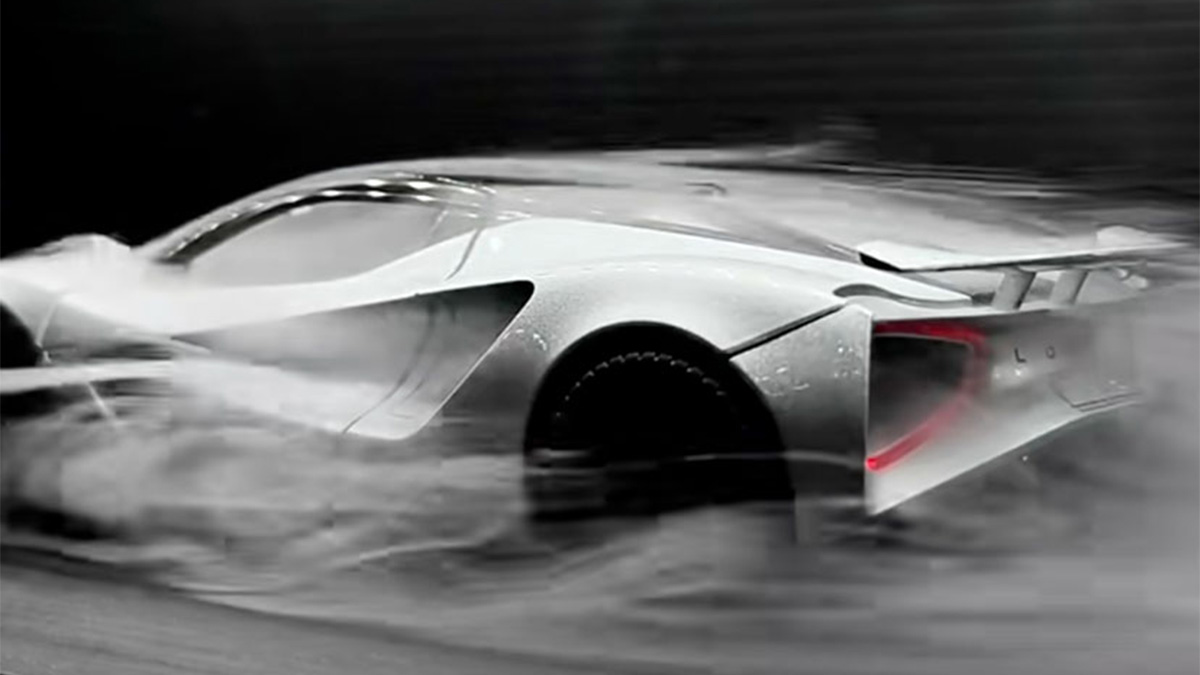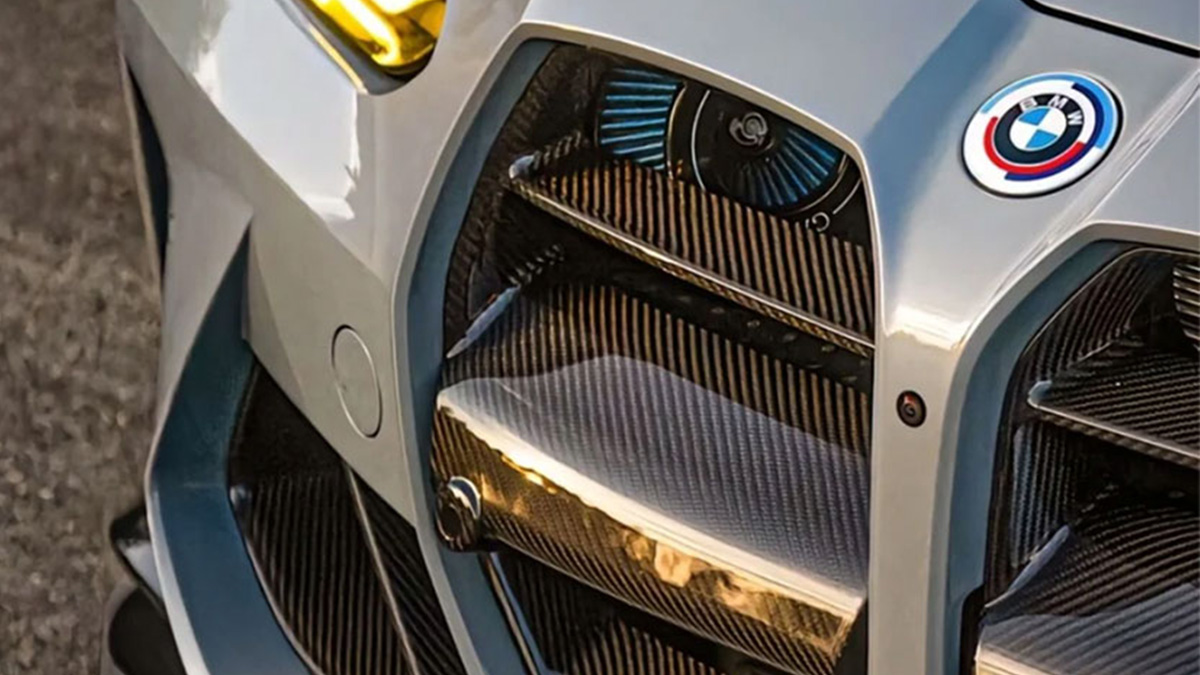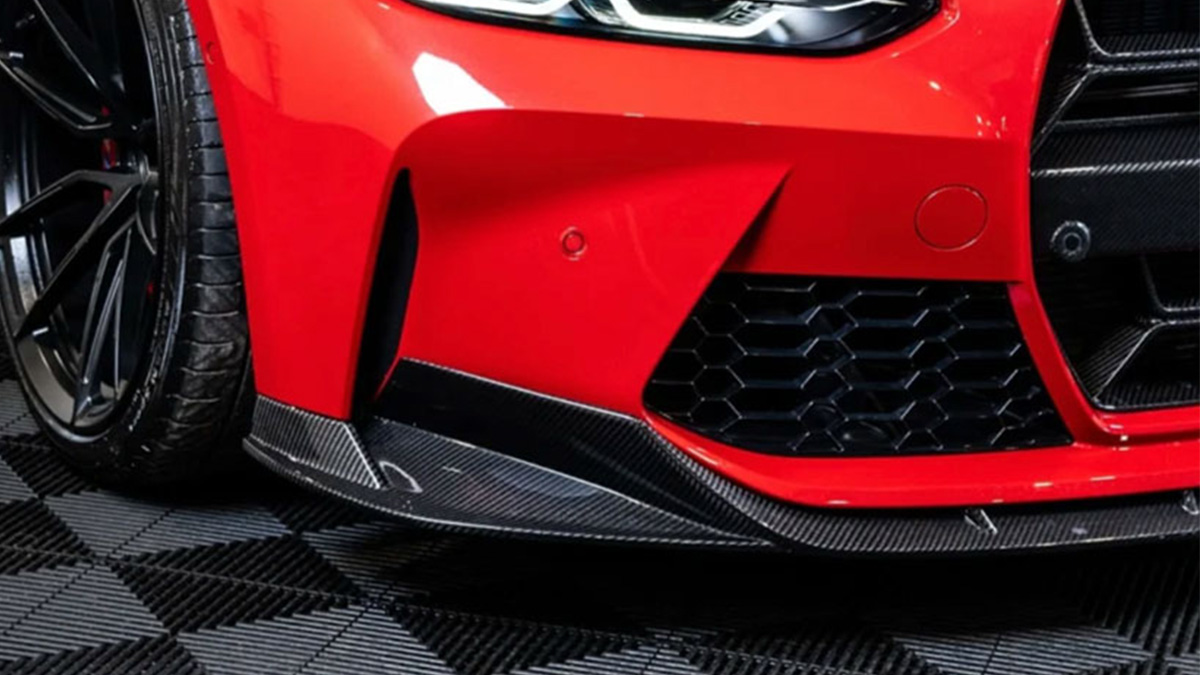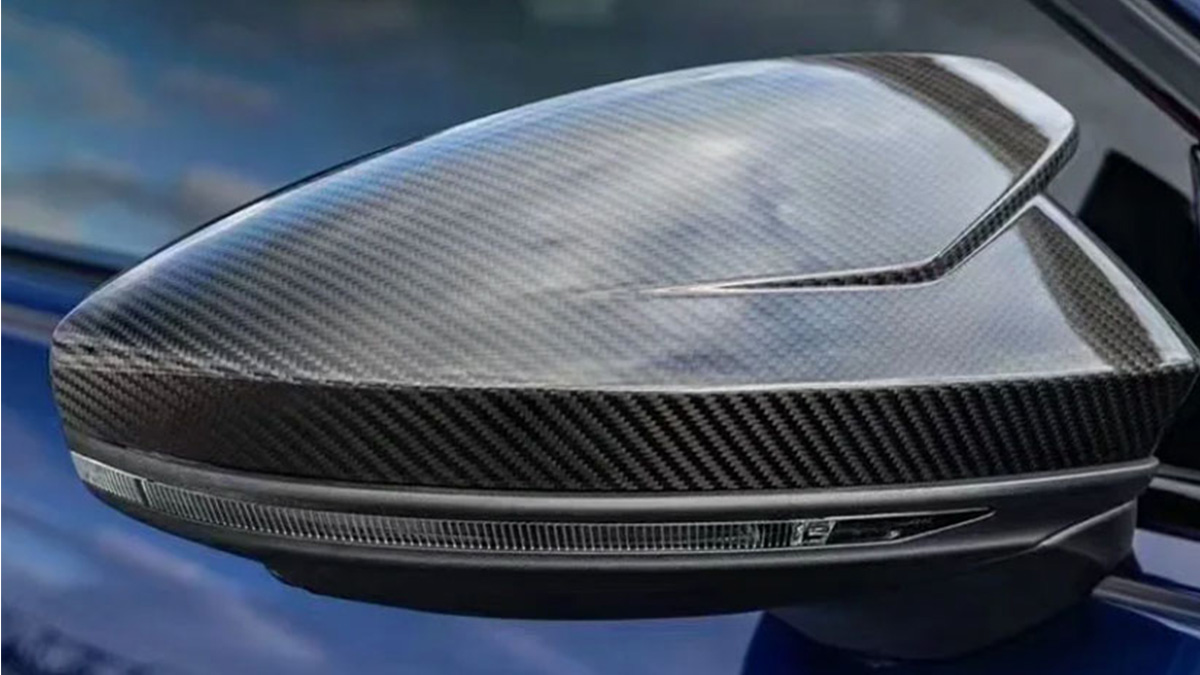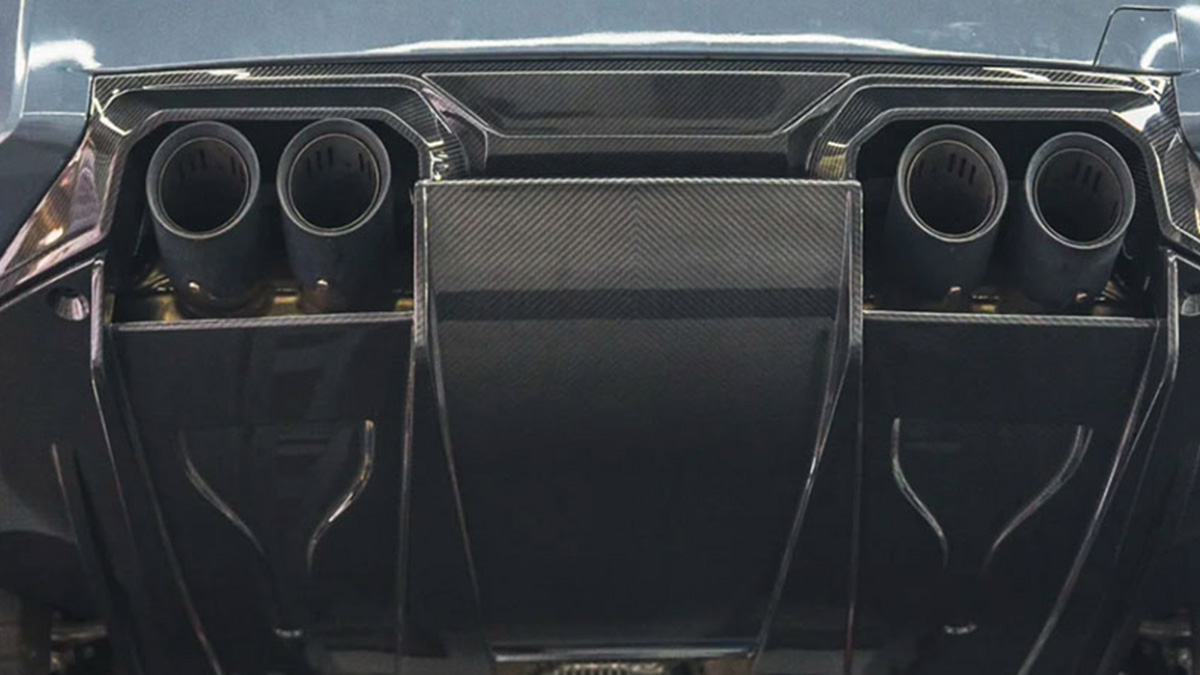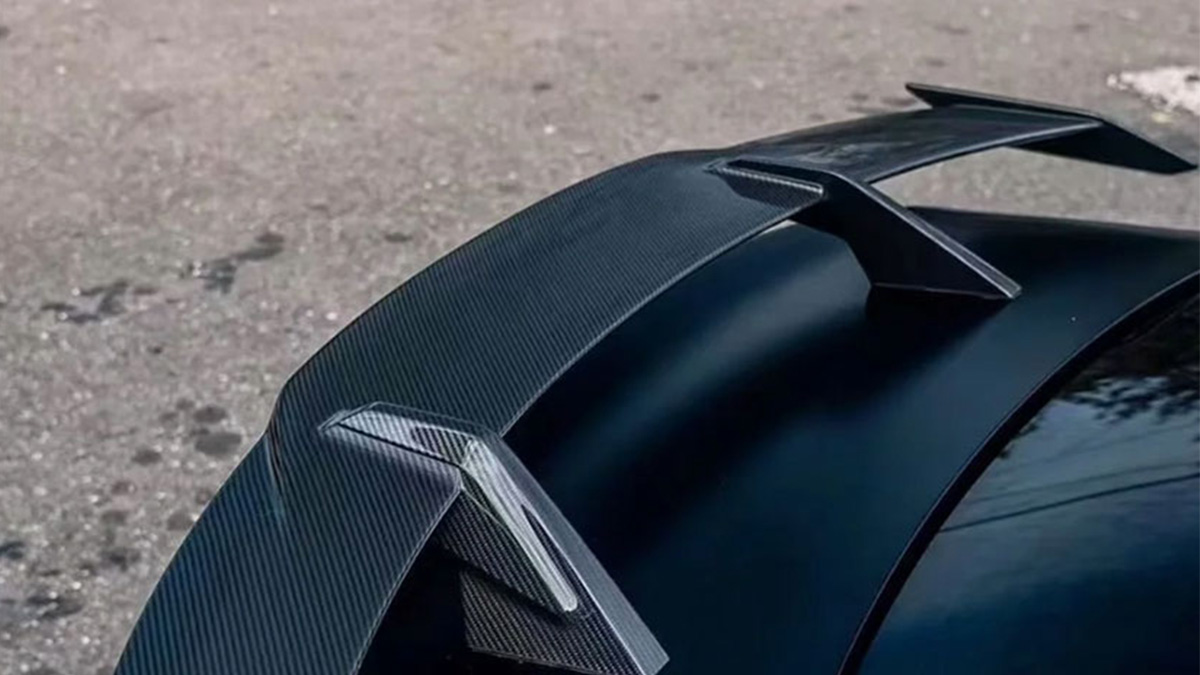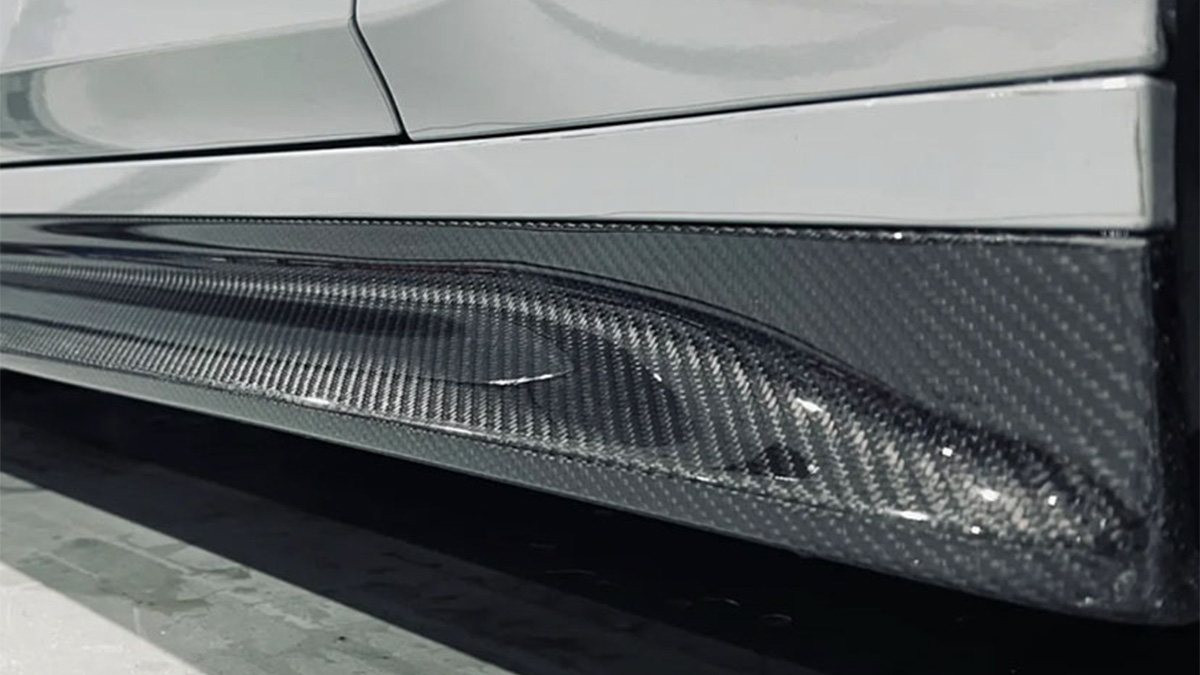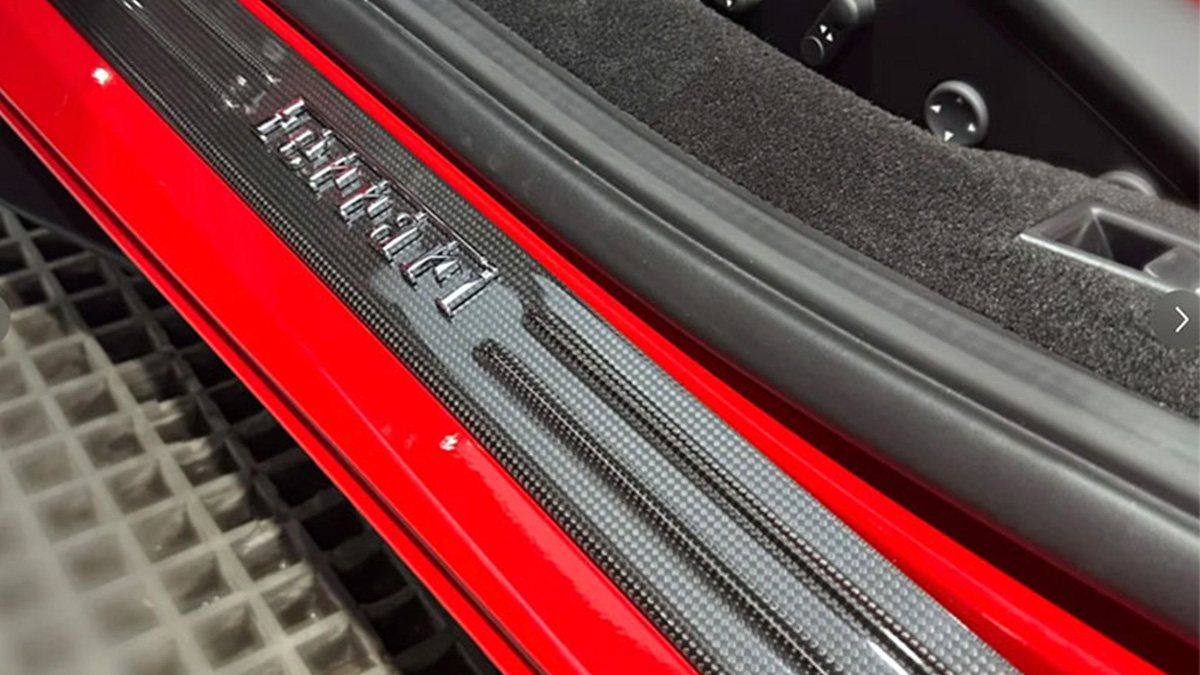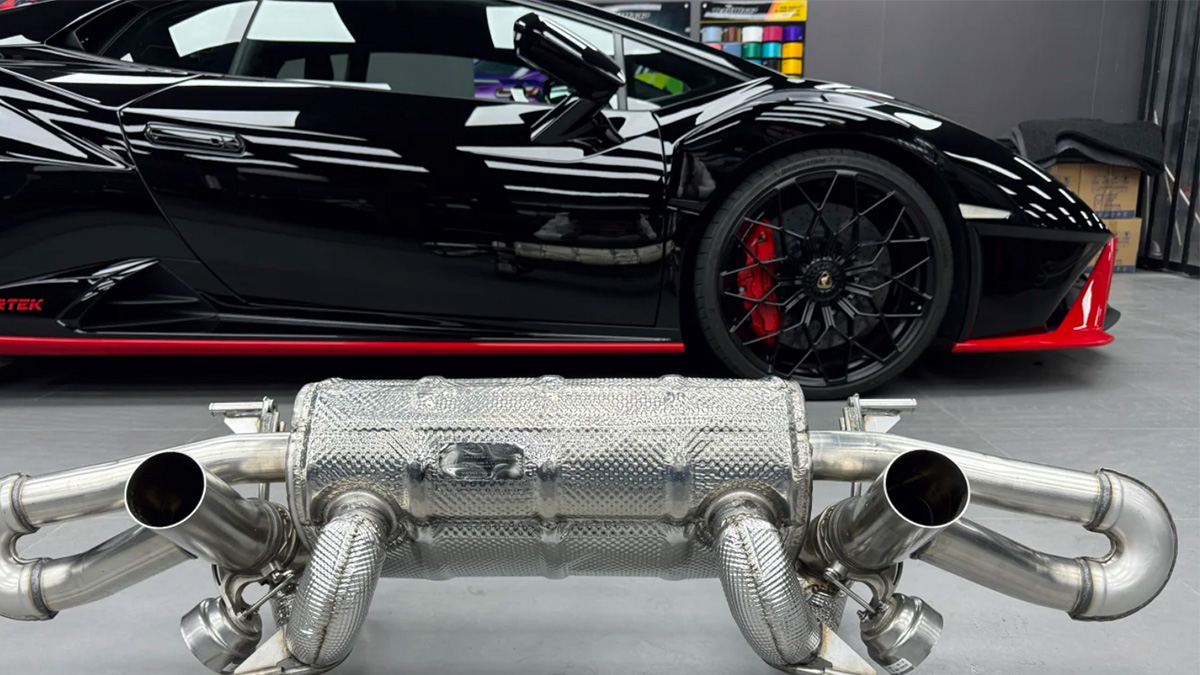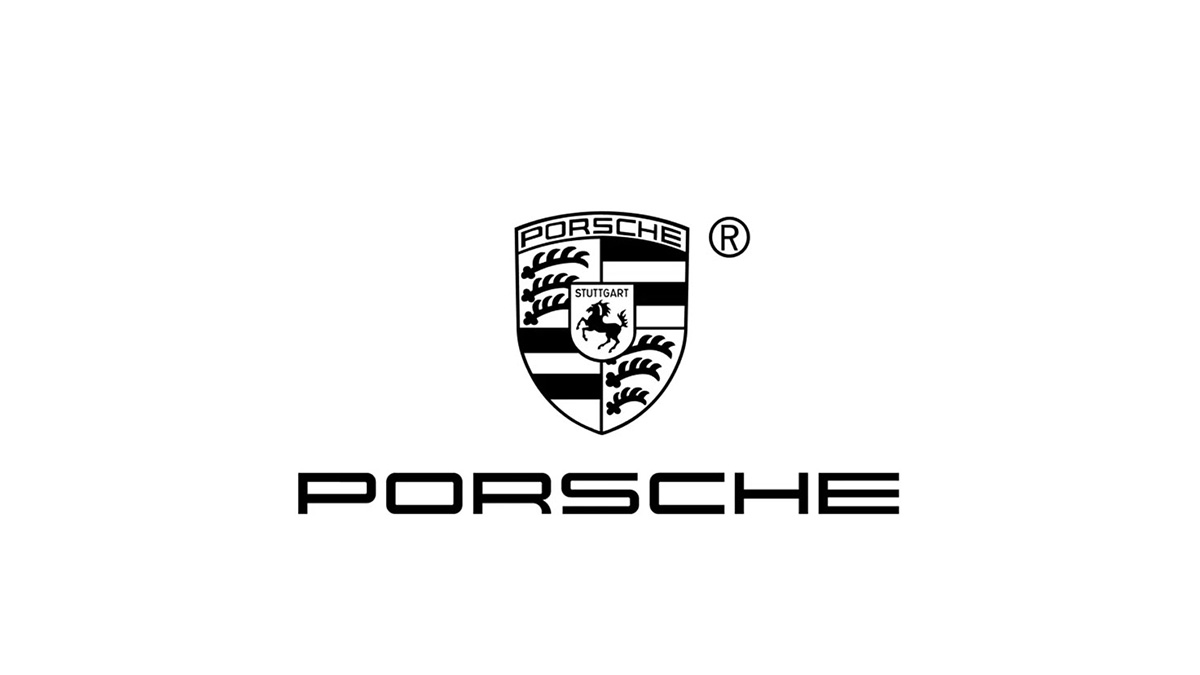How Sports Car Racing Has Transformed Over the Decades

Sports car racing has always captured your imagination with its blend of speed, innovation, and fierce competition. Beyond the thrill of the track, it has driven groundbreaking advancements in automotive technology. For example, regenerative braking, first perfected in racing, now powers modern electric vehicles by improving energy efficiency. Lightweight materials like carbon fiber, once exclusive to race cars, have transformed everyday vehicles, making them stronger and more fuel-efficient. These innovations highlight how the sport’s relentless pursuit of performance has shaped the cars you see on the road today.
Belangrijkste opmerkingen
Sports car racing has improved car technology, like better brakes and lighter materials, helping everyday cars.
After World War II, sports car racing became more popular worldwide, bringing new ideas and more fans.
The 1950s and 60s were special times with famous cars and drivers, making cars seem fancy and fast.
Today’s racing cares about the planet, using hybrid and electric cars to go green while staying powerful.
New tech like smart computers and data tools change how teams race, keeping them strong and making races more exciting.
Early Beginnings of Sports Car Racing

The Origins of Racing
The first organized automobile competitions in the early 20th century.
You might be surprised to learn that automobile racing began as early as the 1900s. The Vanderbilt Cup, introduced in 1904, marked one of the first major organized competitions. This event showcased the potential of sports cars and attracted global attention. Early races were often held on public roads, which added an element of danger and excitement. These competitions laid the foundation for what would become the thrilling world of sports car racing.
The rise of structured racing events and their significance.
As the popularity of automobile racing grew, structured events began to emerge. Grand prix racing became a prominent format, offering a more organized and professional approach. These events not only tested the limits of cars but also pushed manufacturers to innovate. The early history of sports cars is deeply tied to these races, as they helped define the standards of performance and endurance. Over time, these structured events evolved into the historic races you know today.
European Influence on the History of Racing
The establishment of iconic events like the 24 Hours of Le Mans.
Europe played a pivotal role in shaping the history of racing. The 24 Hours of Le Mans, established in 1923, remains one of the most iconic events in motor racing. This endurance race tested both the durability of cars and the stamina of drivers. It became a symbol of innovation, inspiring manufacturers to develop cutting-edge technologies. Events like Le Mans elevated sports car racing to a global stage, attracting fans and competitors from around the world.
Contributions of early manufacturers like Bugatti and Alfa Romeo.
You can’t discuss the early history of sports cars without mentioning brands like Bugatti and Alfa Romeo. These manufacturers dominated the racing scene with their engineering prowess and innovative designs. Bugatti’s lightweight cars and Alfa Romeo’s powerful engines set new benchmarks in automobile racing. Their contributions not only shaped the sport but also influenced the design of luxury and performance cars.
Challenges and Post-War Growth
The impact of World Wars on sports car racing.
The World Wars disrupted the growth of sports car racing, halting many events and forcing manufacturers to shift focus. However, the post-war period brought a renaissance. Economic prosperity allowed families to afford sports cars, fueling interest in racing. Decommissioned WWII airfields became venues for events like the 12 Hours of Sebring. This era also saw the rise of organizations like the SCCA, which filled the void left by older sanctioning bodies.
The post-war revival and the global expansion of the sport.
After the wars, sports car racing experienced a surge in popularity. Events like Le Mans and the Sebring 12 Hours attracted global attention, driving technological advancements. The influx of European sports cars into America further boosted the sport’s appeal. Television also played a crucial role, bringing races into living rooms and expanding the audience. This period marked the beginning of sports car racing as a truly global phenomenon.
Opmerking: The post-war revival of sports car racing not only shaped the sport but also influenced the automobile industry, leading to innovations that benefit you today.
The Golden Age of Sports Car Racing: 1950s-60s

Iconic Cars and Manufacturers
Legendary models like the Ferrari 250 GTO and Jaguar D-Type.
During the 1950s and 60s, sports car racing entered its golden age, marked by the emergence of legendary vehicles. You might recognize names like the Ferrari 250 GTO and Jaguar D-Type, which became symbols of speed and engineering excellence. These cars were not just fast; they were masterpieces of design and innovation. The Ferrari 250 GTO, for instance, combined aerodynamic efficiency with a powerful V12 engine, making it a dominant force on the track. Similarly, the Jaguar D-Type introduced advanced features like a monocoque chassis, which improved both safety and performance.
The dominance of brands like Ferrari, Porsche, and Jaguar.
Manufacturers like Ferrari, Porsche, and Jaguar played a pivotal role in shaping this era. Their dedication to creating purpose-built competition cars set new standards in motor racing. Other brands, including Aston Martin and Mercedes-Benz, also contributed to this competitive landscape. This period saw the transition from road-going sports cars to specialized racing prototypes, which pushed the boundaries of technology and performance.
Drivers and Rivalries
The rise of legendary drivers like Stirling Moss and Juan Manuel Fangio.
The golden age of sports cars also gave rise to legendary drivers. Stirling Moss, often called “the greatest driver never to win a world championship,” became a household name for his skill and versatility. Juan Manuel Fangio, another icon, dominated grand prix racing with his precision and strategic brilliance. These drivers not only showcased their talent but also elevated the sport’s global appeal.
Famous rivalries that defined the era.
Rivalries added drama to the history of racing during this time. For example, the intense competition between drivers like James Hunt and Niki Lauda captivated fans. Their battles on the track highlighted the fierce determination and skill required to succeed in sports car racing. These rivalries became legendary, adding to the allure of the sport.
Culturele betekenis
The influence of sports car racing on media and popular culture.
Sports car racing left a lasting impact on popular culture during the 1950s and 60s. Films like Bullitt featured thrilling car chases, embedding the excitement of racing into mainstream media. The rise of iconic American cars like the Mustang and Camaro also drew inspiration from the sport, further cementing its cultural significance.
How racing shaped the image of luxury and performance cars.
The golden age of sports cars shaped how you perceive luxury and performance vehicles today. European brands like Jaguar and Lamborghini introduced sleek designs that became synonymous with sophistication and speed. Television broadcasts brought the excitement of racing into homes, making it a family-friendly activity. This era not only defined motor racing but also influenced the way cars are marketed and celebrated.
The Evolution of Sports Cars in the Modern Era: 1970s-2000s
Technologische doorbraken
The introduction of aerodynamics and lightweight materials.
The 1970s marked a turning point in the evolution of sports cars. Engineers began focusing on aerodynamics to improve speed and stability. You might notice how modern race cars feature sleek, low-profile designs. This approach reduces drag and enhances performance. Lightweight materials like carbon fiber composites also revolutionized automobile racing. First used in the late 1970s, carbon fiber made cars lighter and stronger, giving them a competitive edge. These advancements not only transformed racing but also influenced the design of everyday vehicles.
The rise of turbocharged engines and advanced safety features.
Turbocharged engines became a game-changer during this era. They allowed cars to achieve higher speeds by compressing air into the engine for more power. Safety also took center stage. Innovations like the HANS device, introduced in the early 2000s, significantly reduced head injuries. Semi-automatic gearboxes replaced manual ones, enabling faster and safer gear changes. These breakthroughs showcased how technology shaped the evolution of sports cars and improved both performance and driver safety.
Technologie | Beschrijving |
|---|---|
Carbon Fibre Composites | Lighter and stronger car designs, first used in the late 1970s. |
Turbocharged Engines | Enhanced power and speed by compressing air into the engine. |
HANS Device | Reduced head injuries, became mandatory in 2003. |
Semi-Automatic Gearboxes | Allowed faster gear changes, replacing manual systems. |
Globalization of Sports Car Racing
The expansion of racing events to new regions and audiences.
During the 1980s and 1990s, sports car racing expanded beyond its traditional European roots. Events like Le Mans began attracting competitors and fans from around the world. New circuits emerged in Asia and the Middle East, introducing the sport to diverse audiences. This globalization brought fresh talent and increased competition, making races more exciting for fans like you.
The emergence of series like the World Endurance Championship.
The World Endurance Championship (WEC) emerged as a premier series in the 2000s. It combined the thrill of grand prix racing with the challenge of automotive endurance. Events like the 24 Hours of Le Mans became part of this series, showcasing the durability of cars and the skill of drivers. The WEC played a crucial role in uniting fans and competitors across continents, solidifying the global appeal of sports car racing.
Sponsorships and Media Influence
The role of corporate sponsorships in shaping the sport.
Corporate sponsorships transformed sports car racing during this era. Tobacco companies dominated the 1970s and 80s, bringing significant funding to teams. As tobacco sponsorships declined, alcohol brands and tech companies stepped in during the 1990s and 2000s. By the 2010s, luxury brands and tech giants aligned their innovations with the sport, enhancing its prestige. Sponsorships not only funded teams but also elevated the sport’s image.
The impact of television and media on the popularity of racing.
Television broadcasts brought automobile racing into your living room. You could watch thrilling races from the comfort of your home, making the sport more accessible. Media coverage also highlighted the drama and rivalries, drawing in new fans. This era saw sports car racing evolve into a global spectacle, thanks to the power of media and sponsorships.
Tip: The combination of technological advancements, globalization, and media influence made the 1970s-2000s a transformative period for sports car racing.
Today and the Future of Sports Car Racing
Current Trends in Racing
The rise of hybrid and electric sports cars.
Hybrid and electric sports cars are reshaping the landscape of automobile racing. These vehicles showcase cutting-edge innovations that influence not only the track but also the cars you drive daily.
Advances in battery life and energy recovery systems from racing have led to longer ranges and shorter charging times for electric vehicles.
Competitive electric racing has improved thermal management systems, making commercial electric cars more reliable.
Data-driven strategies from racing now power features like predictive maintenance alerts and real-time traffic updates in consumer vehicles.
This shift highlights how racing continues to drive the demand for sports cars that are both high-performing and sustainable.
The focus on sustainability and environmental impact.
Sustainability has become a priority in sports car racing. Teams now focus on reducing carbon emissions by using biofuels and renewable energy sources. Hybrid engines, which combine electric motors with traditional combustion engines, offer a balance between performance and environmental responsibility. These efforts reflect the sport’s commitment to addressing environmental challenges while maintaining its competitive edge.
Technologische innovaties
The use of AI, data analytics, and simulation in racing.
Artificial intelligence and data analytics are transforming racing strategies.
AI systems monitor real-time data from cars and track conditions, identifying potential hazards before they escalate.
Algorithms analyze car sensor data to optimize design, improving aerodynamics and reducing lap times.
Teams use AI to assess weather patterns and tire degradation, enhancing decision-making during races.
Simulation technology also plays a vital role. It allows drivers to practice on virtual tracks, refining their skills without risking damage to vehicles. These innovations ensure that teams stay ahead in the highly competitive world of automobile racing.
Advances in car design and performance optimization.
Recent advancements in car design have revolutionized the sport. Hybrid engines now combine electric motors with traditional engines, enhancing both power and fuel efficiency. Teams also use 3D printing to create lightweight yet durable parts. Augmented reality assists drivers by providing real-time data on track conditions, helping them navigate with precision. These technologies push the boundaries of what sports cars can achieve.
The Future of the Sport
Predictions for the next generation of sports car racing.
The future of sports car racing promises exciting developments. You can expect to see more electric and hydrogen-powered vehicles on the track. These cars will likely feature advanced energy recovery systems and improved aerodynamics. The integration of AI will continue to refine race strategies, making competitions even more thrilling. As technology evolves, the sport will remain a testing ground for innovations that shape the automotive industry.
The potential impact of autonomous vehicles and virtual racing.
Autonomous vehicles are set to revolutionize the sport. Events like the Abu Dhabi Autonomous Racing League showcase the capabilities of AI-driven cars. Roborace, another initiative, pushes the boundaries of autonomous software, improving safety and reliability. Virtual racing is also gaining traction, offering fans an immersive experience and allowing drivers to compete in simulated environments. These advancements could redefine how you experience sports car racing in the future.
Sports car racing has evolved dramatically, blending innovation, competition, and culture. Over the decades, you’ve seen:
Early sports cars transformed from modified regular vehicles into lightweight racers.
The Golden Age of the 1950s and 60s, with iconic models like the Jaguar XK120.
The 1970s and 80s introducing advanced designs, such as the Porsche 911.
The 1990s pushing boundaries with high-tech cars like the McLaren F1.
Today’s rise of hybrid and electric hypercars, redefining performance and sustainability.
This journey reflects the sport’s enduring appeal and its role in shaping the future of automotive innovation.


